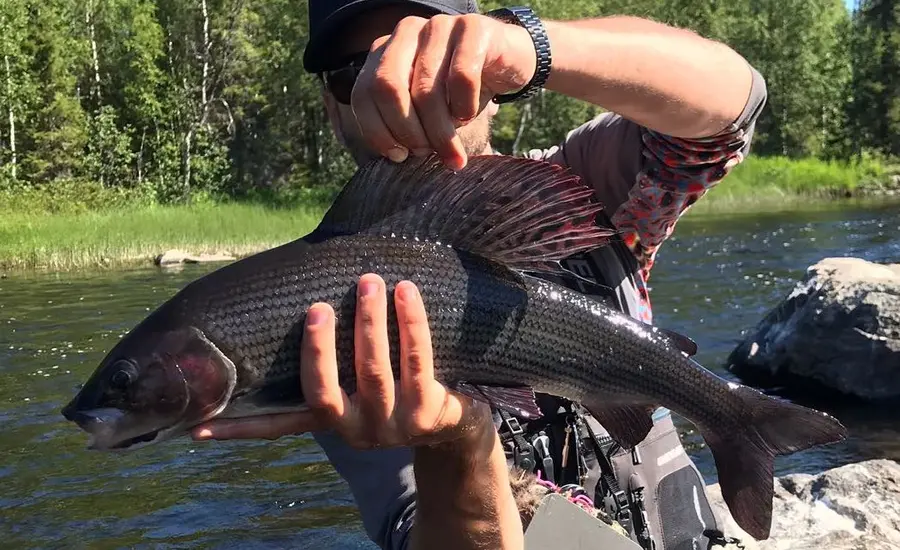This website uses cookies
We use cookies to offer you the best browsing experience. What do we use them for?
To allow you to use some features of the site, to collect anonymous statistical data or for marketing purposes. The choice remains yours.
Cookie Policy


